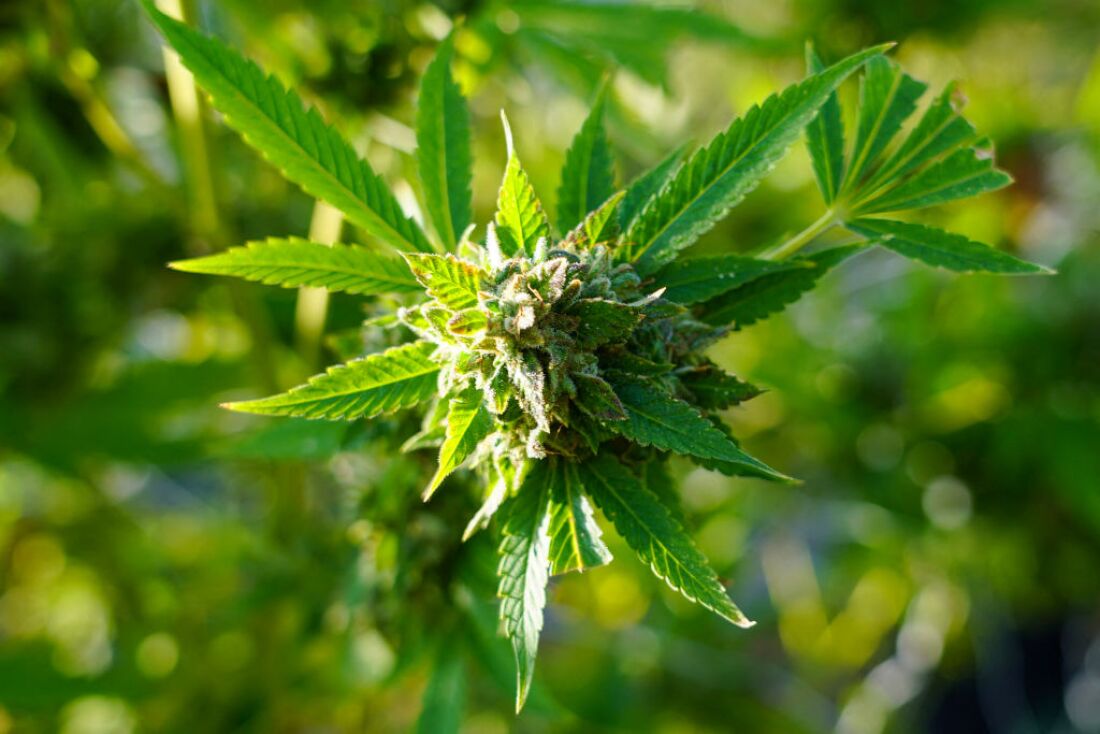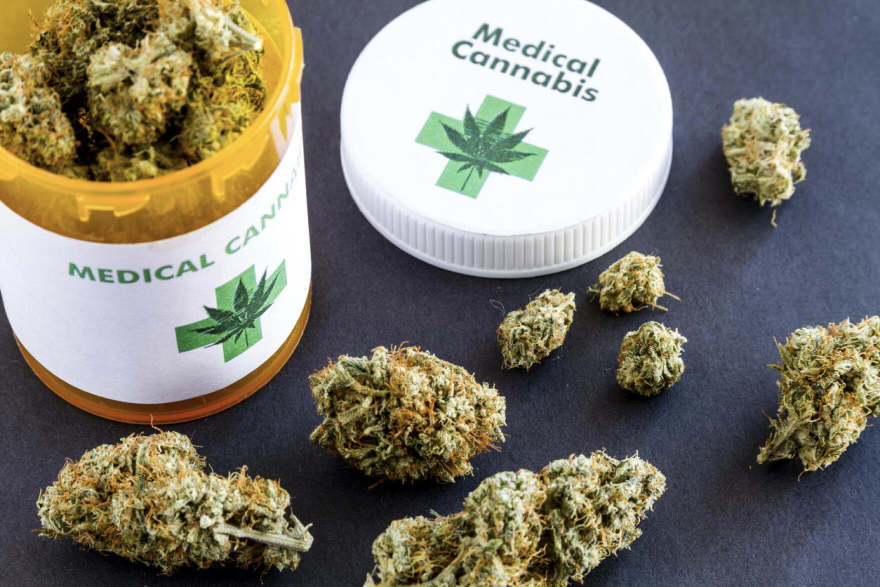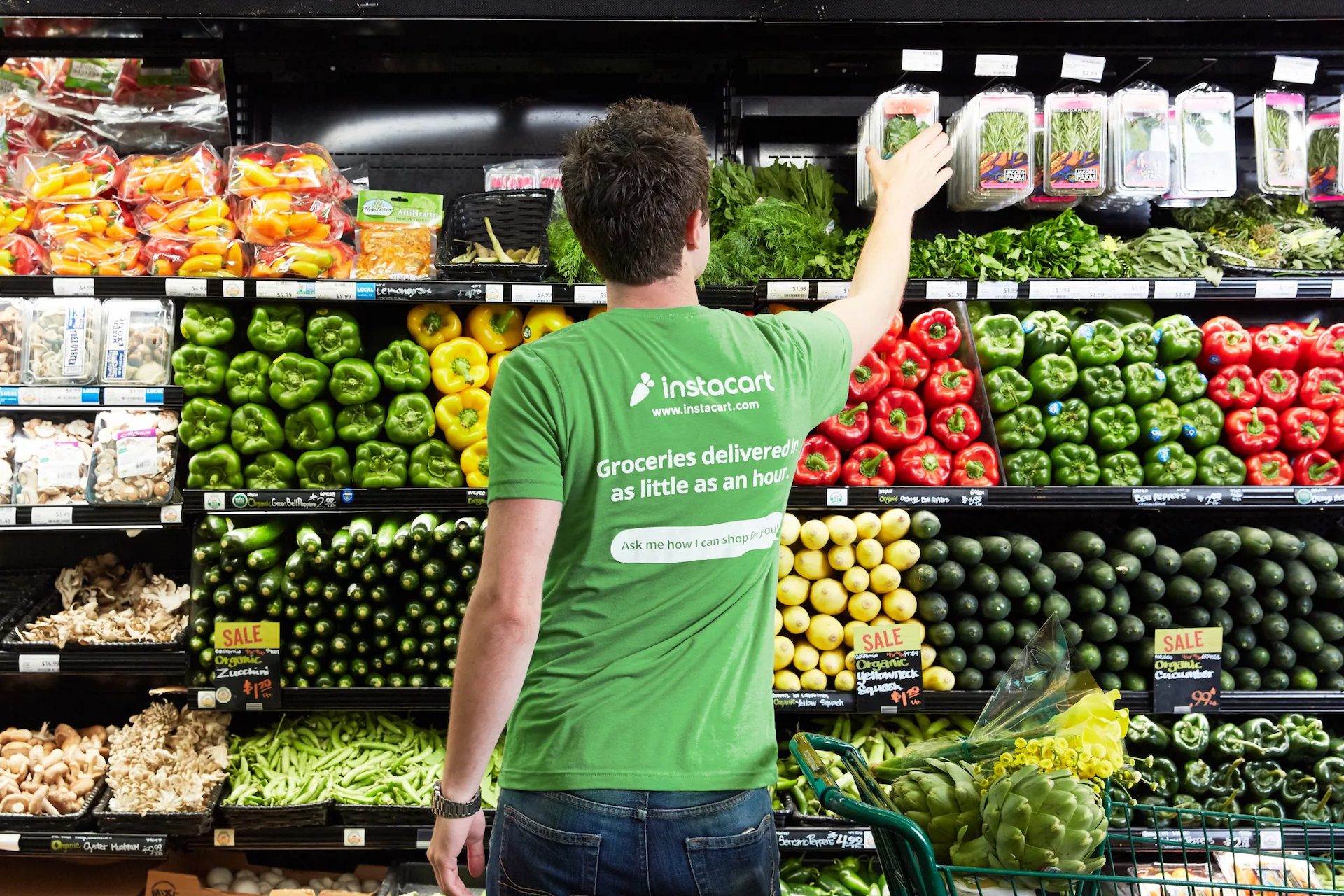A recent Deseret News op-ed painted medical cannabis legalization as a disaster, claiming it has led to widespread addiction, increased teen use, and severe public health consequences. These claims are bold, and were provided without evidence. If we’re going to discuss medical cannabis policy, we should base it on facts—not fear. The medical cannabis debate deserves nuance, not sensationalism.
Teen Cannabis Use Has Not Increased
One of the most alarming claims in the aforementioned op-ed is that legalization has led to increased use amongst adolescents. However, national data contradicts this claim.
A study analyzing Youth Risk Behavior Survey data from 2011 to 2021—covering nearly 90,000 adolescents—found that teen marijuana use declined, from 23.1% in 2011 to 15.8% in 2021. In fact, the number of adolescents trying cannabis before age 13 nearly halved, from 8.1% to 4.9%.
Another large-scale study published in Drug and Alcohol Dependence Reports examined data from over 500,000 people between 2013 and 2022. They found that while cannabis use amongst adults increased, teen use remained stable, directly contradicting the idea that legalization fuels youth consumption.
By shifting cannabis sales from unregulated black markets to legal, monitored dispensaries, we may actually be reducing minors’ access.
When cannabis becomes grandma’s pain and sleep medication, it loses the appeal for rebellious youth, but when an authority figure falsely claims it will ruin their life, coincidentally use increases. Honest discussion leads to the best outcomes.
Cannabis Potency: A Regulatory Challenge, Not a Justification for Prohibition
The op-ed also warned that today’s cannabis is more potent than in past decades. While true, Utah’s medical cannabis program already addresses this with strict THC purchasing caps and medical oversight.
Utah patients:
-
Cannot exceed 113 grams of unprocessed cannabis or 20 grams of total THC per 30-day period.
-
Receive dosage recommendations from physicians and pharmacists to ensure safe use.
-
Have access to terpene-focused treatment plans, promoting symptom relief with lower THC doses.
State data shows that only 6% of medical cannabis patients ever reach their legal purchasing limit, mostly due to severe medical conditions.
Concerns about high-THC products are valid, but prohibition isn’t the answer—responsible regulation is. Utah’s system ensures patient safety while restricting excessive use.
The Medical Benefits of Cannabis Are Real—And Backed by Science
The op-ed in question dismisses medical cannabis benefits as “unfounded claims,” likening them to tobacco industry propaganda. This is misleading—and false.
Cannabis has been rigorously studied for its medical applications, showing significant benefits for conditions such as:
-
Chronic pain relief (Utah’s most common use, with over 79,000 patients).
-
PTSD treatment, particularly for veterans and first responders.
-
Seizure disorders, including FDA-approved Epidiolex for Dravet and Lennox-Gastaut syndromes.
-
Cancer and end-of-life care, improving quality of life and reducing opioid reliance.
Unlike the tobacco and alcohol industries—where profit often overshadows public health—Utah’s medical cannabis program operates under strict oversight, requiring physician recommendations and pharmacist consultations.
Regulated, Legal Cannabis is Safer than the Alternative
The core argument against medical cannabis legalization is that it causes more harm. But what’s the alternative? A thriving black market with zero regulation, zero product safety controls, and zero medical oversight?
Medical cannabis prohibition does not eliminate use—it simply pushes it underground, where products are untested, can be laced with harmful additives, and sold without age restrictions. Utah’s medical cannabis program ensures that patients receive safer, lab-tested products while also providing education on proper dosing and risks.
Conclusion: Facts Over Fear
It’s true that cannabis—like any medication—carries risks, including cannabis use disorder and cannabis hyperemesis syndrome. But these risks are rare, especially when use is properly regulated and monitored by healthcare professionals.

What is also true is that medical cannabis is helping thousands of Utah patients manage chronic pain, PTSD, seizures, and end-of-life discomfort—offering a safer alternative to opioids and improving quality of life for those who need it most.
Utah’s medical cannabis program is not a reckless free-for-all. It is one of the most responsible in the nation, balancing patient access with public safety. Instead of rolling back progress, we should focus on improvements that ensure more patients can access treatment while maintaining safeguards.
If we truly care about public health, the medical cannabis conversation must move beyond fear—and into facts.






